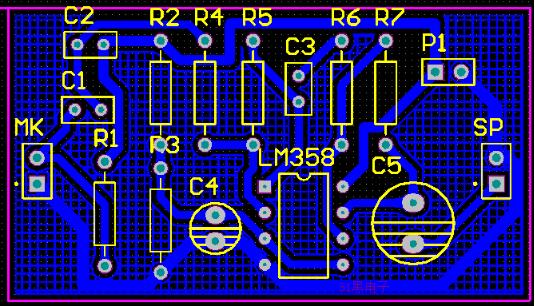The quality of PCB circuit boards is generally judged by appearance, but this depends on experience. The quality of PCB circuit boards is very important. So what are the characteristics of good quality PCB circuit boards?
1. 25 micron hole wall copper thickness
Benefits: Enhance reliability, including improving the expansion resistance of the z-axis.
Risks of not doing this:
Blow holes or degassing, electrical connectivity problems during assembly (inner layer separation, hole wall breakage), or failure under load conditions in actual use. IPCClass2 (the standard adopted by most PCB factories) requires 20% less copper plating.
2. No welding repair or open circuit repair
Benefits: perfect circuit can ensure reliability and safety, no maintenance, no risk
The risk of not doing so
If repaired improperly, the circuit board will be broken. Even if the repair is ‘proper’, there is a risk of failure under load conditions (vibration, etc.), which may cause failure in actual use.
3. Strictly control the service life of each surface treatment
Benefits: solderability, reliability, and reduce the risk of moisture intrusion
The risk of not doing so

Due to the metallographic changes in the surface treatment of old circuit boards, soldering problems may occur, and moisture intrusion may cause problems such as delamination, separation (open circuit) of the inner layer and the hole wall during the assembly process and/or actual use. .
4. The tolerance of the copper clad laminate meets the requirements of IPC4101ClassB/L
Benefits: Strict control of the thickness of the dielectric layer can reduce the deviation of expected electrical performance.
The risk of not doing so
The electrical performance may not meet the specified requirements, and the output/performance of the same batch of components will be quite different.
5. Define solder mask materials to ensure compliance with IPC-SM-840ClassT requirements
Benefits: "Excellent" ink, to achieve ink safety, to ensure that the solder mask ink meets UL standards.
The risk of not doing so
Inferior inks can cause adhesion, flux resistance, and hardness problems. All these problems will cause the solder mask to separate from the circuit board and eventually lead to corrosion of the copper circuit. Poor insulation properties can cause short circuits due to accidental electrical continuity/arc.
6. Defining the tolerances of shapes, holes and other mechanical features
Benefits: Strict control of tolerances can improve the dimensional quality of products-improve fit, shape and function
The risk of not doing so
Problems in the assembly process, such as alignment/fitting (only when the assembly is completed will the press-fit needle problem be discovered). In addition, due to the increased size deviation, there will be problems when installing into the base.
7. Requirements for the thickness of the solder mask, although IPC does not have relevant regulations
Benefits: Improve electrical insulation properties, reduce the risk of peeling or loss of adhesion, and strengthen the ability to resist mechanical impact-no matter where the mechanical impact occurs!
The risk of not doing so
Thin solder mask can cause adhesion, flux resistance and hardness problems. All these problems will cause the solder mask to separate from the circuit board and eventually lead to corrosion of the copper circuit. Poor insulation properties due to the thin solder mask can cause short circuits due to accidental conduction/arc.